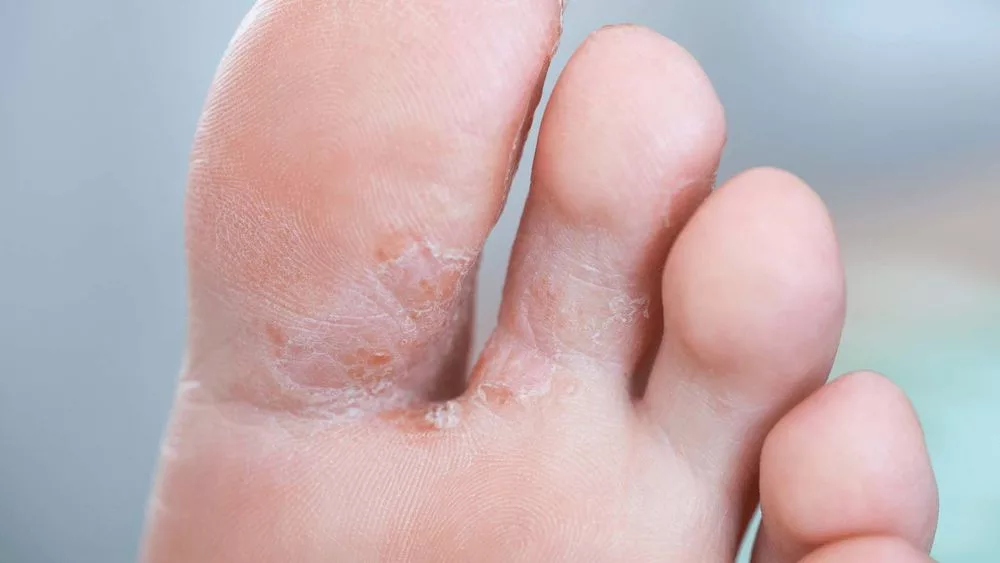Combat Athlete’s Foot: Tips & Treatments
Athlete’s foot, also known as tinea pedis, is a fungal skin infection caused by fungi. Fungal infections can manifest on various parts of the body, but when they affect the foot, it is referred to as athlete’s foot. Fungi have a propensity to thrive in environments that are dark, moist, and warm, such as the interior of shoes.
These fungal infections tend to be more prevalent in warmer weather when feet perspire profusely. Fungi thrive in humid conditions, making places like swimming pools, showers, and locker rooms common breeding grounds. Athletes, who often experience sweaty feet and frequent these facilities, coined the term ‘athlete’s foot.’
Typically, an athlete’s foot presents with symptoms like itchy, dry, and scaly skin, most frequently observed on the soles of the feet and between the toes. In advanced cases, this condition can lead to inflammation, cracking, and the formation of blisters. Additionally, bacterial infections can arise as a secondary complication. The fungal infection may also spread to other body areas, including the toenails.
Preventing athlete’s foot can be achieved by refraining from walking barefoot in shared or high-risk areas and maintaining good foot hygiene. Daily foot washing with soap and water, ensuring thorough drying, especially between the toes, is essential. To keep your feet as dry as possible, consider changing socks if your feet tend to sweat excessively. Antifungal powders, sprays, or creams are often recommended for the treatment of athlete’s foot. Consult with a foot and ankle specialist to determine the most suitable treatment for your specific condition.




